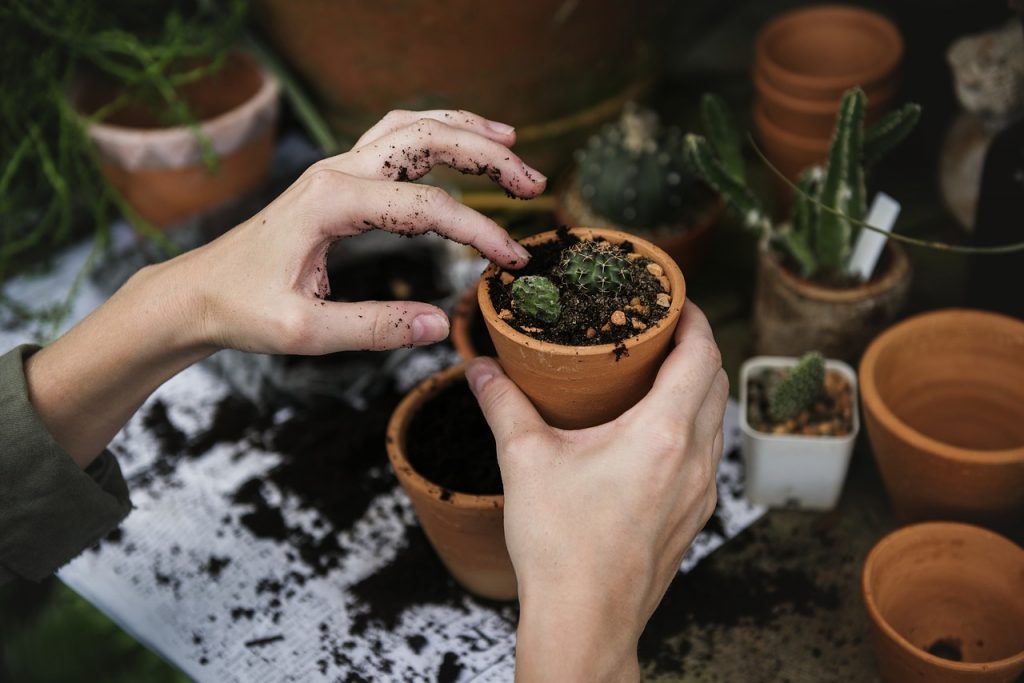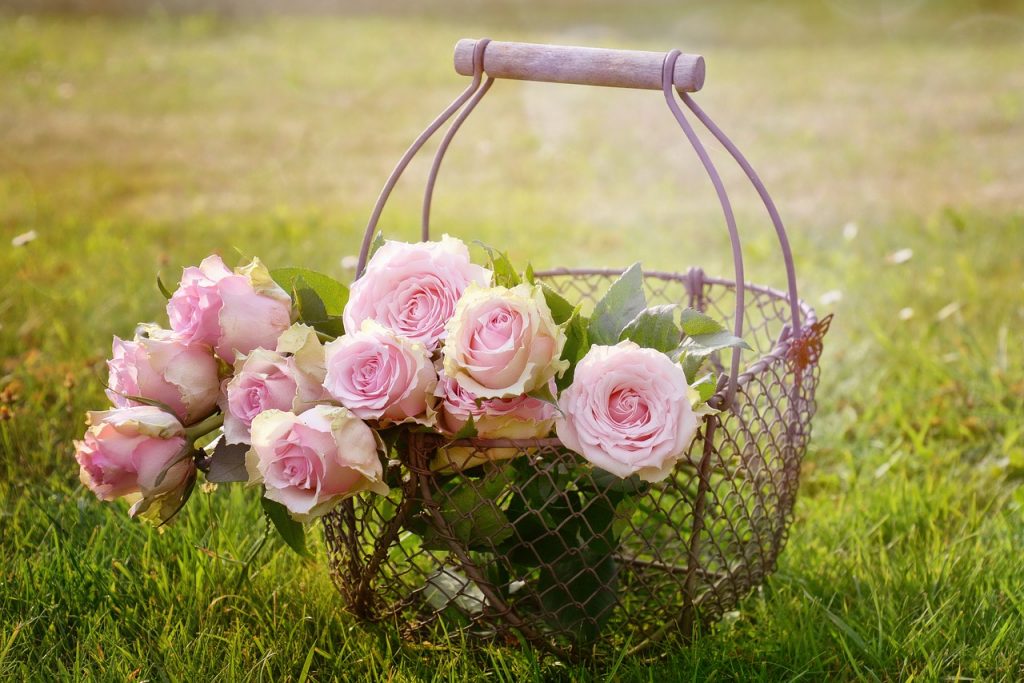
For those who love having their home decorated with plants year-round, it can be a real struggle to know what to do with your greenery during a move. While it’s not impossible to do, moving plants takes a certain amount of consideration, and it entails more than just throwing them in a box.
Before you do anything, you have to make sure that the state – and every state in between – doesn’t have any laws against the plants that you’re transporting. While it may seem silly, many states have these laws in place due to the incompatibility of one plant with another, as well as the potential for bugs or infestations.
1. Get Supplies
Once you’ve checked the state and local laws and verified with your moving company that you can bring those plants on their trucks, it’s time to get some supplies together that will keep your plants safe on the move. Here’s a quick list of some general items you’ll need:
- Potting soil
- Newspaper
- Bubble wrap
- Paper towels
- Disposable pots
- Heavy box for each plant to carry in

2. Prepare the Plants for Transport
For some larger plants, you’ll most likely need to cut the plant down to size to fit inside of a box. If you plan on transporting the cuttings with you, place them in a plastic pot and smother it in potting soil, then wrap the tips that you cut with moist towels, securing them with rubber bands.
Make sure you pack the plants correctly to maximize the efficiency (and minimize the mess). Be sure to wrap the pot with a plastic bag to keep the soil contained. Then, gently place the plant in a secure box, lining the sides with newspaper or packing peanuts to make sure it doesn’t tip or spill. Poke some holes in the box to allow for air flow, and then write “fragile” on the side so that anyone carrying it knows to treat that box gently.
3. Getting Them To Their New Home
You have a couple of options to choose from when it comes to transporting plants: mailing them or taking them with you. If you choose to take them with you, and you’re planning on flying to your new destination, it’s best to check with the TSA regulations to ensure your plant meets their requirements. If you’re transporting multiple plants, it may be best to take the clippings with you instead of the whole plant.
Mailing plants is an efficient way to transport your plants, but the cost of moving a heavy pot can be prohibitive, and their safety isn’t especially guaranteed. Still, it’s not a bad option, and if packed correctly with proper insulation and stabilization, can be your best bet.

Regardless of how you choose to transport them, you’ll most likely have to inspect the plants for pests, such as Gypsy Moths, that can destroy vegetation. Once you’ve checked with your local regulations and packaged them correctly, transporting plants is a simple process that should allow you to take your greenery with you to your new home.
